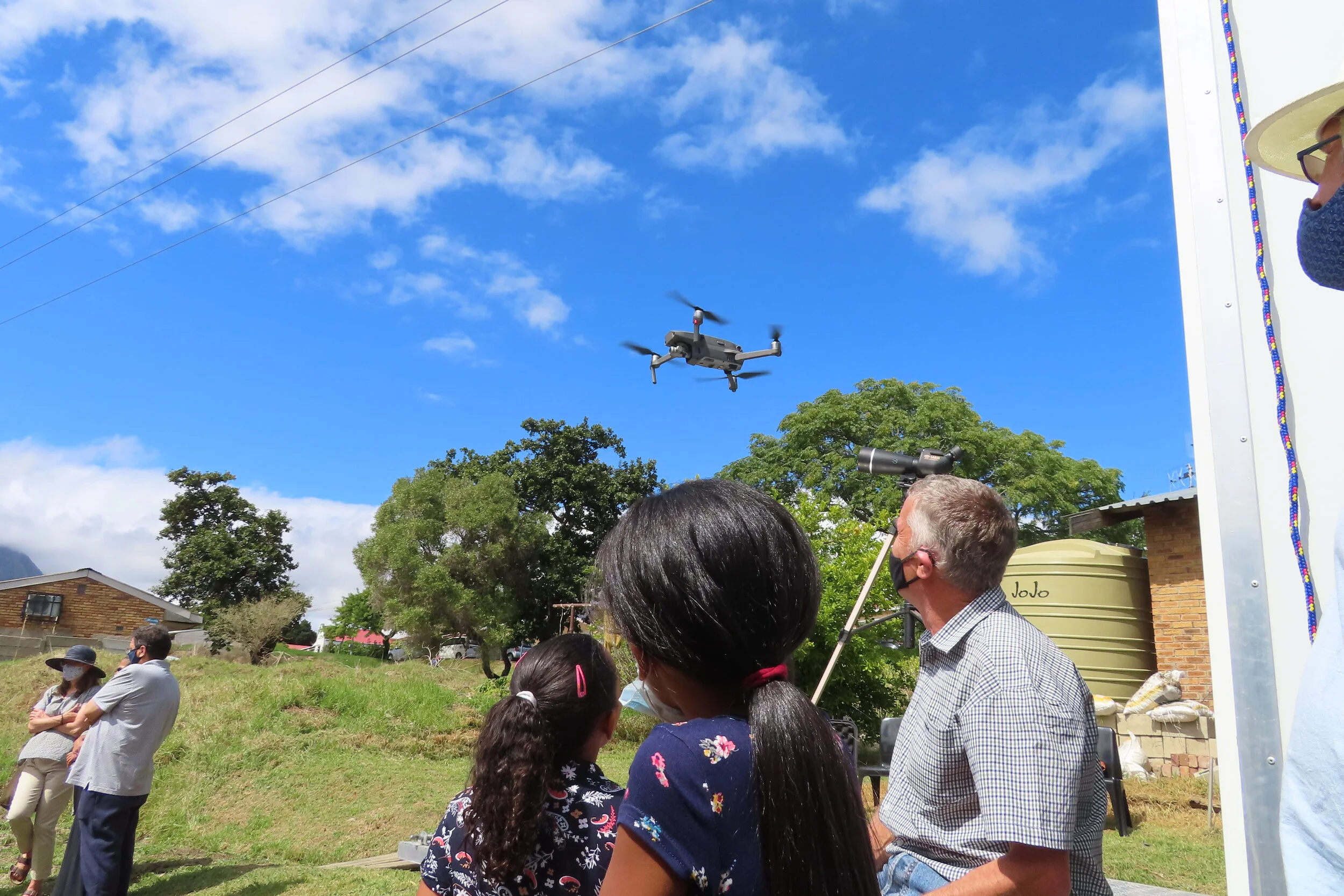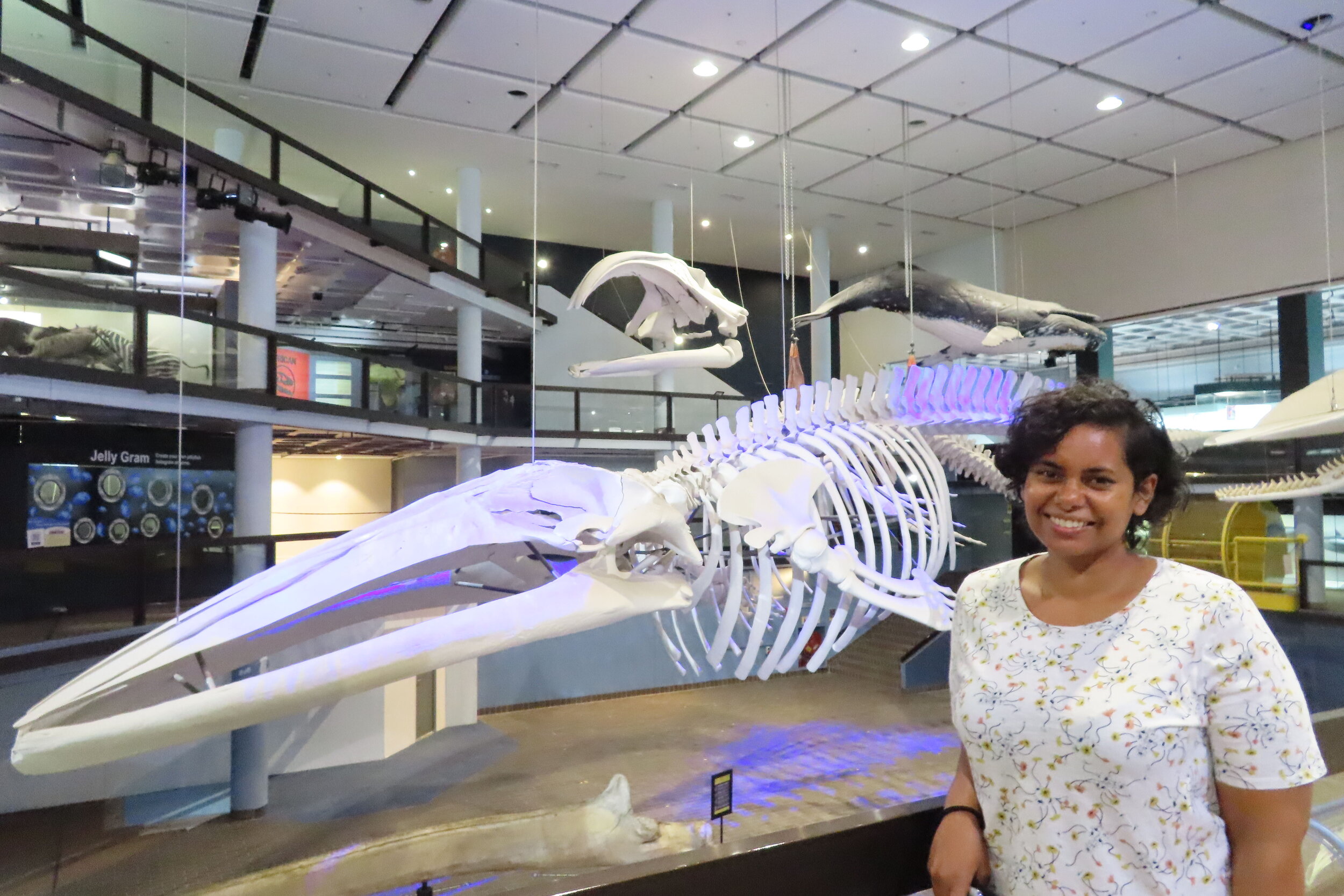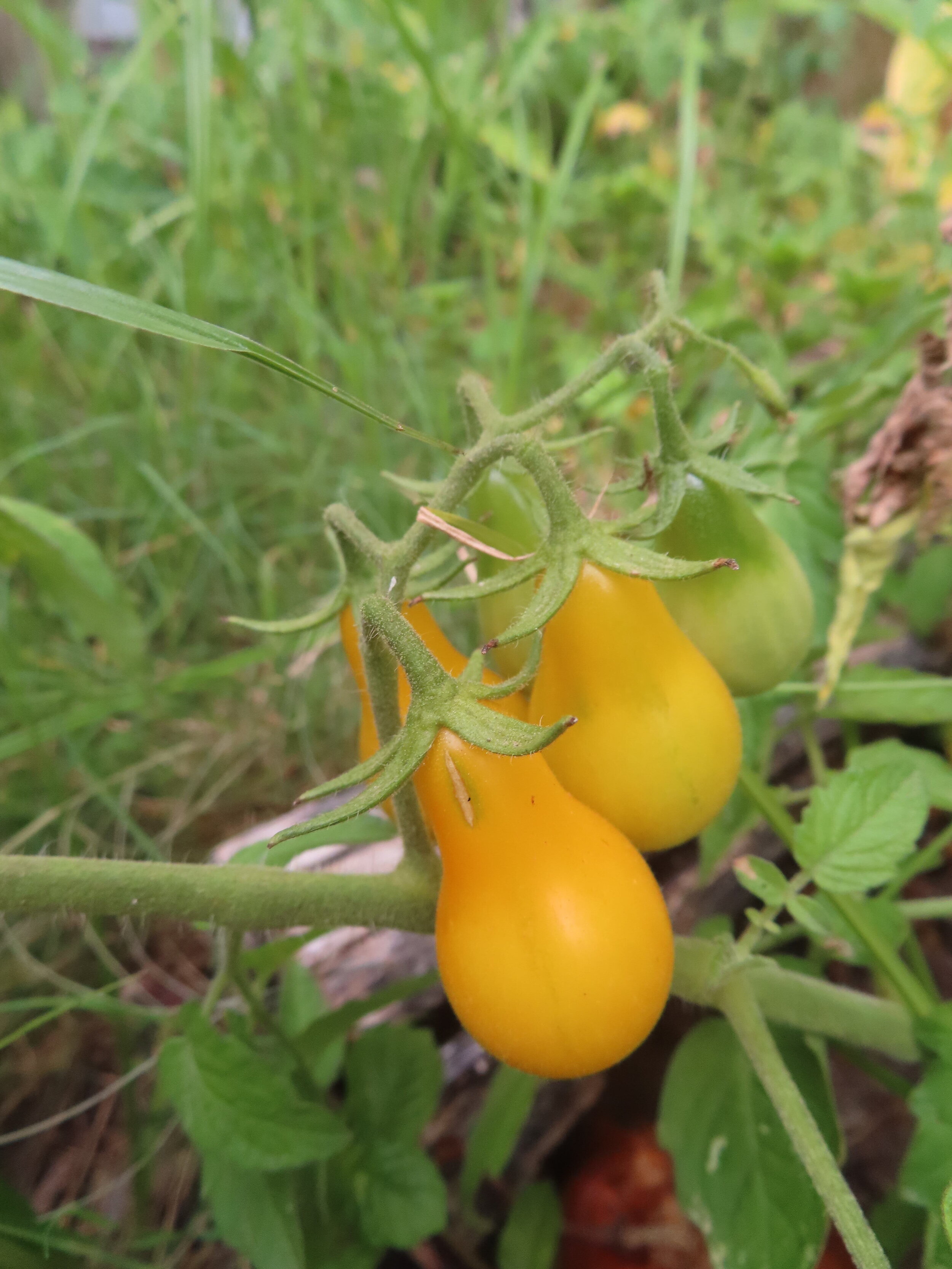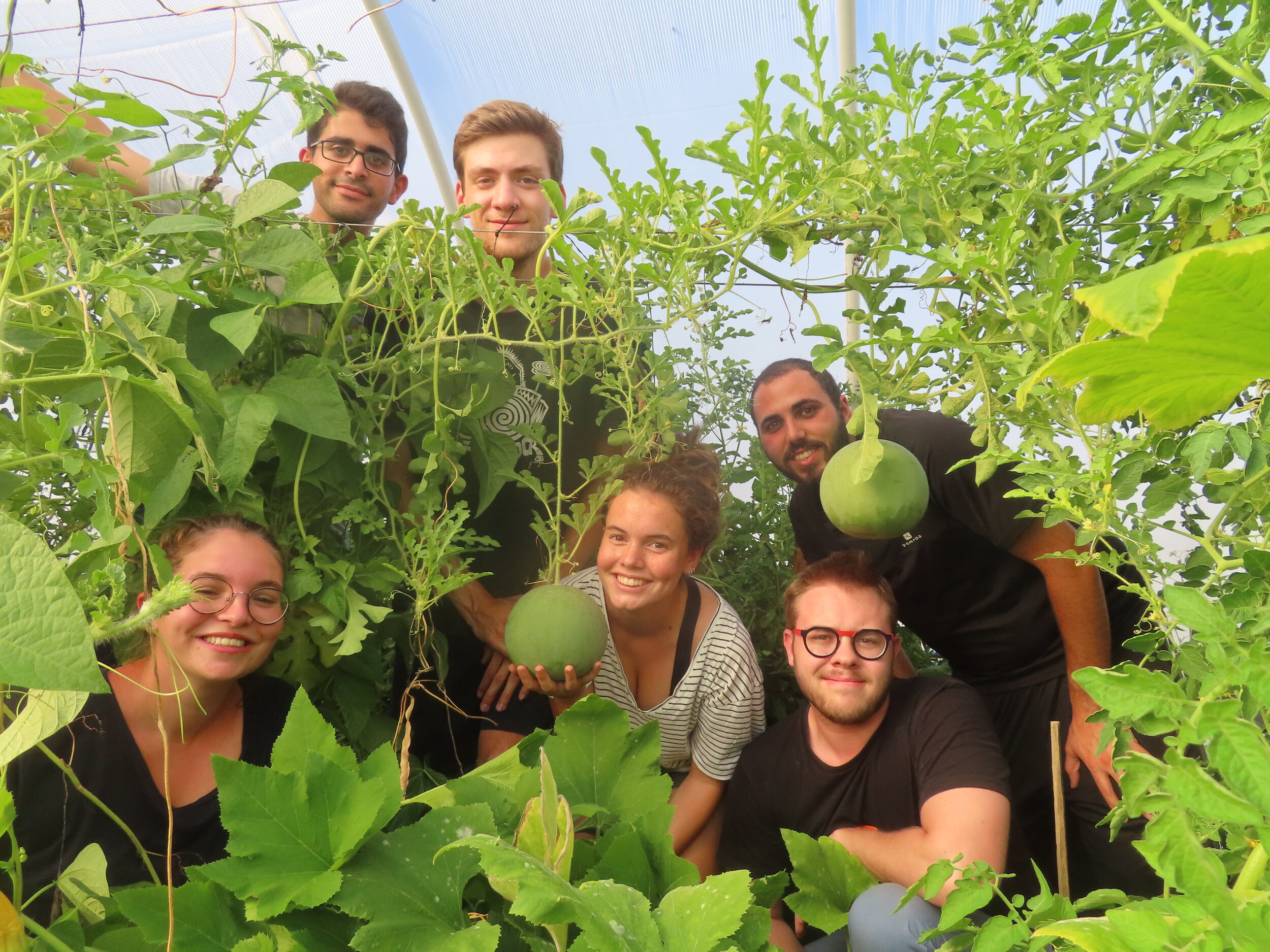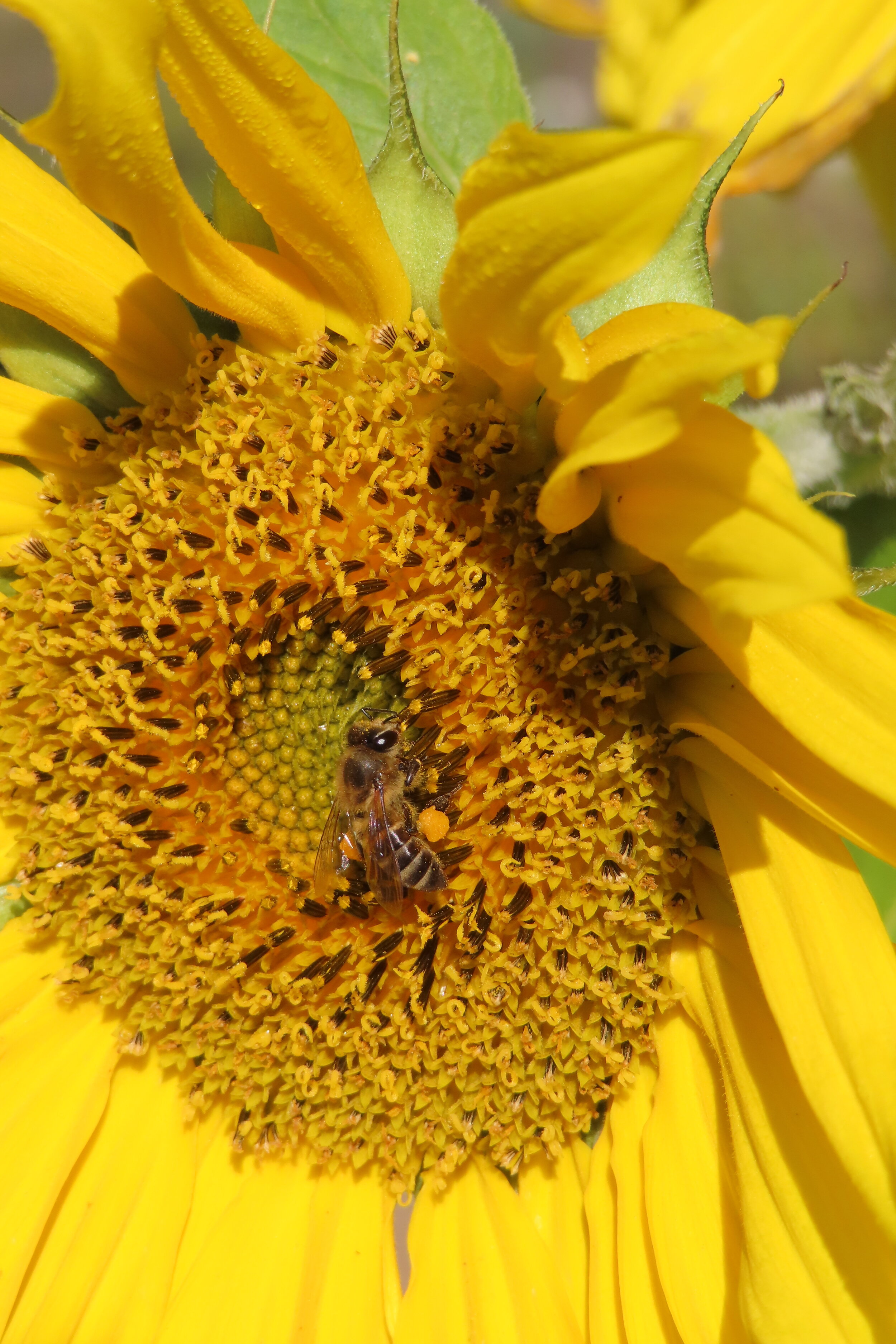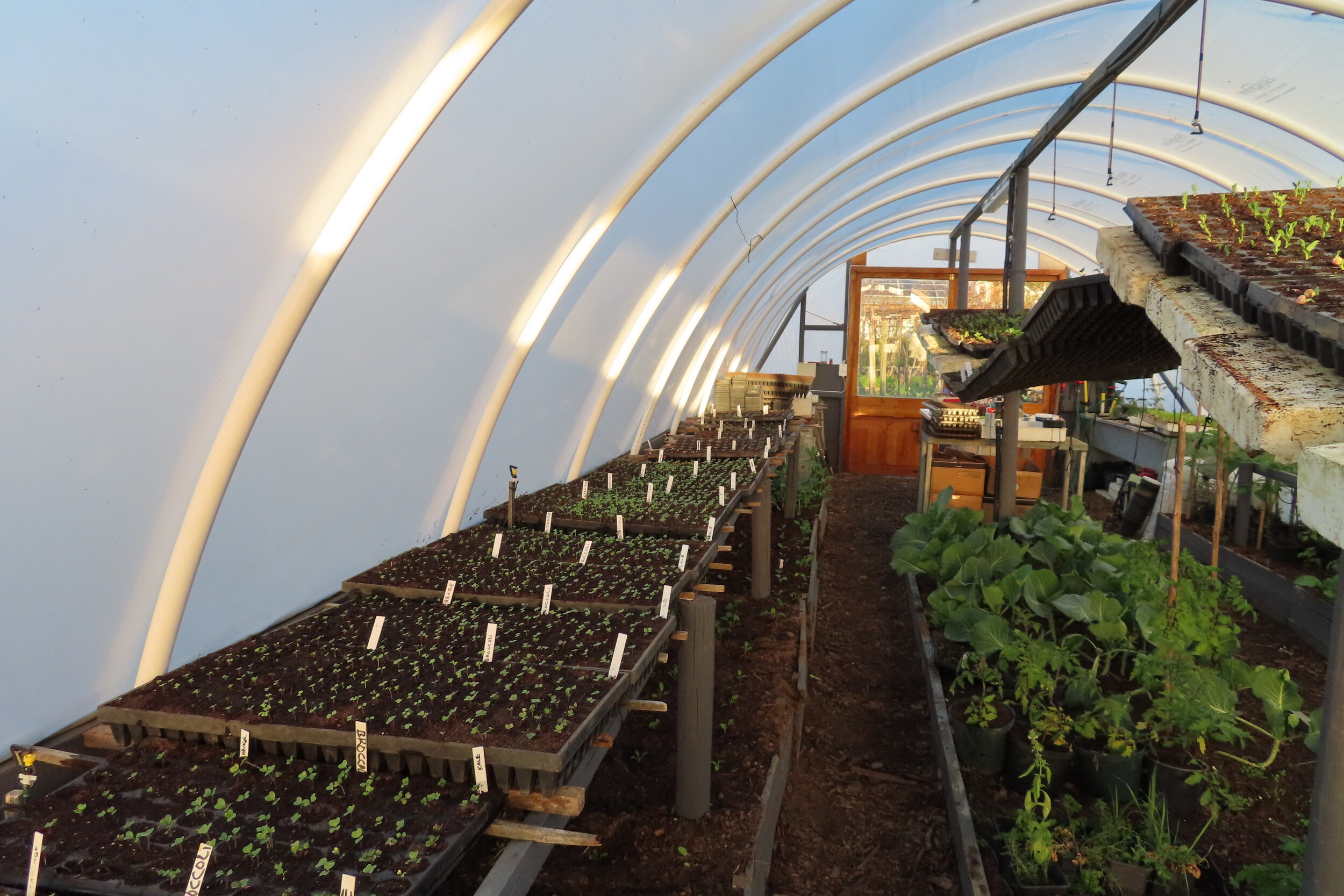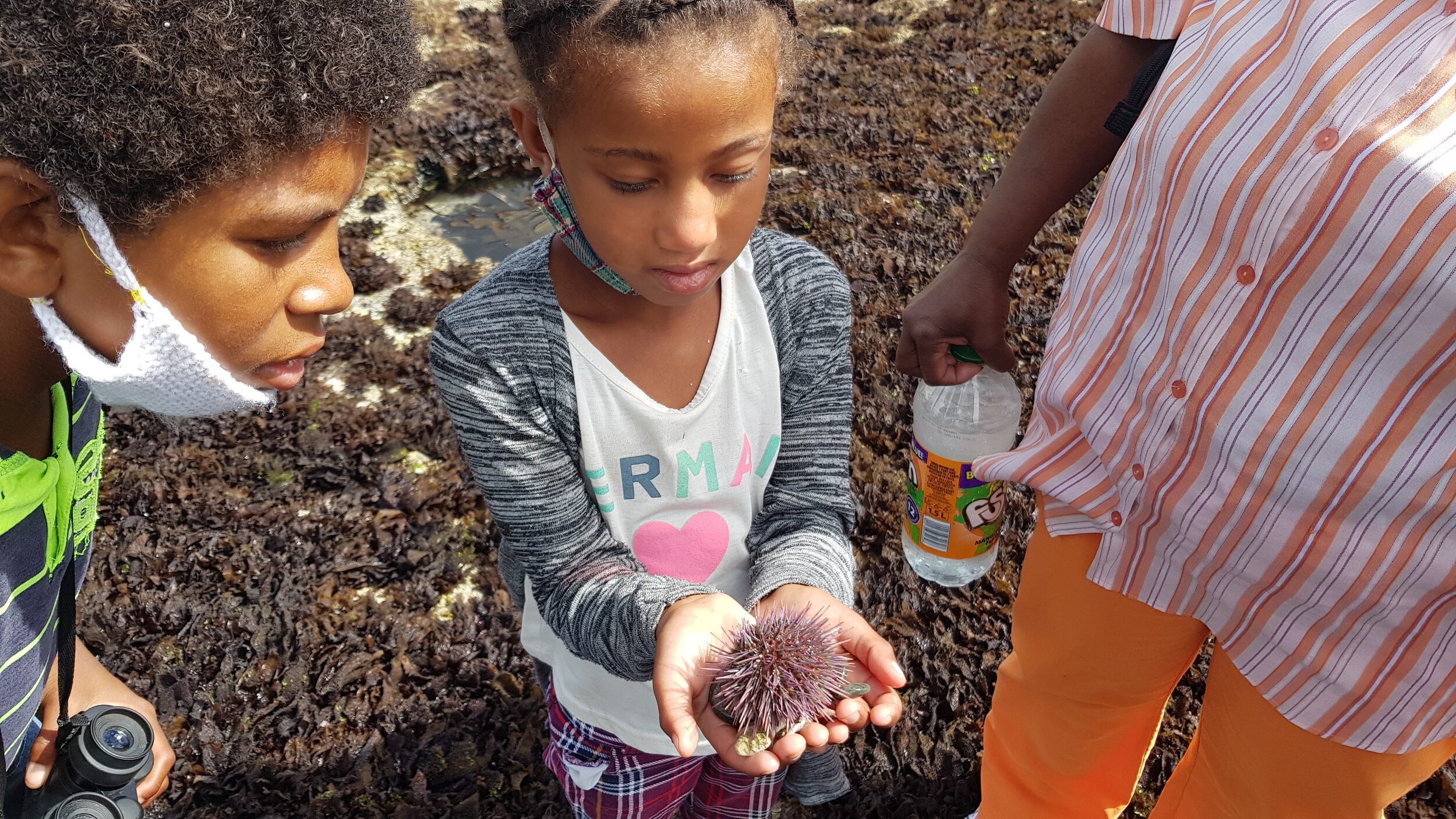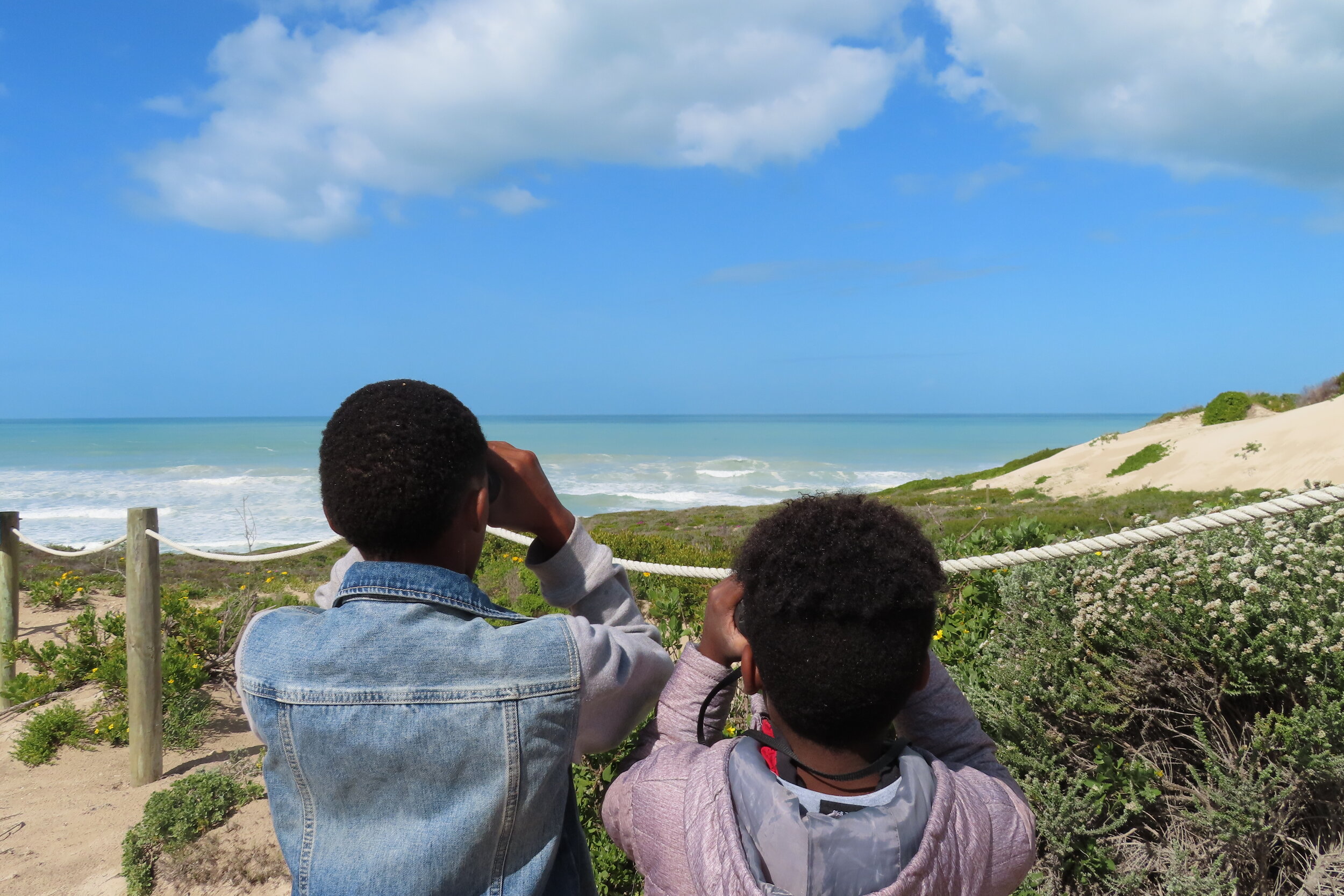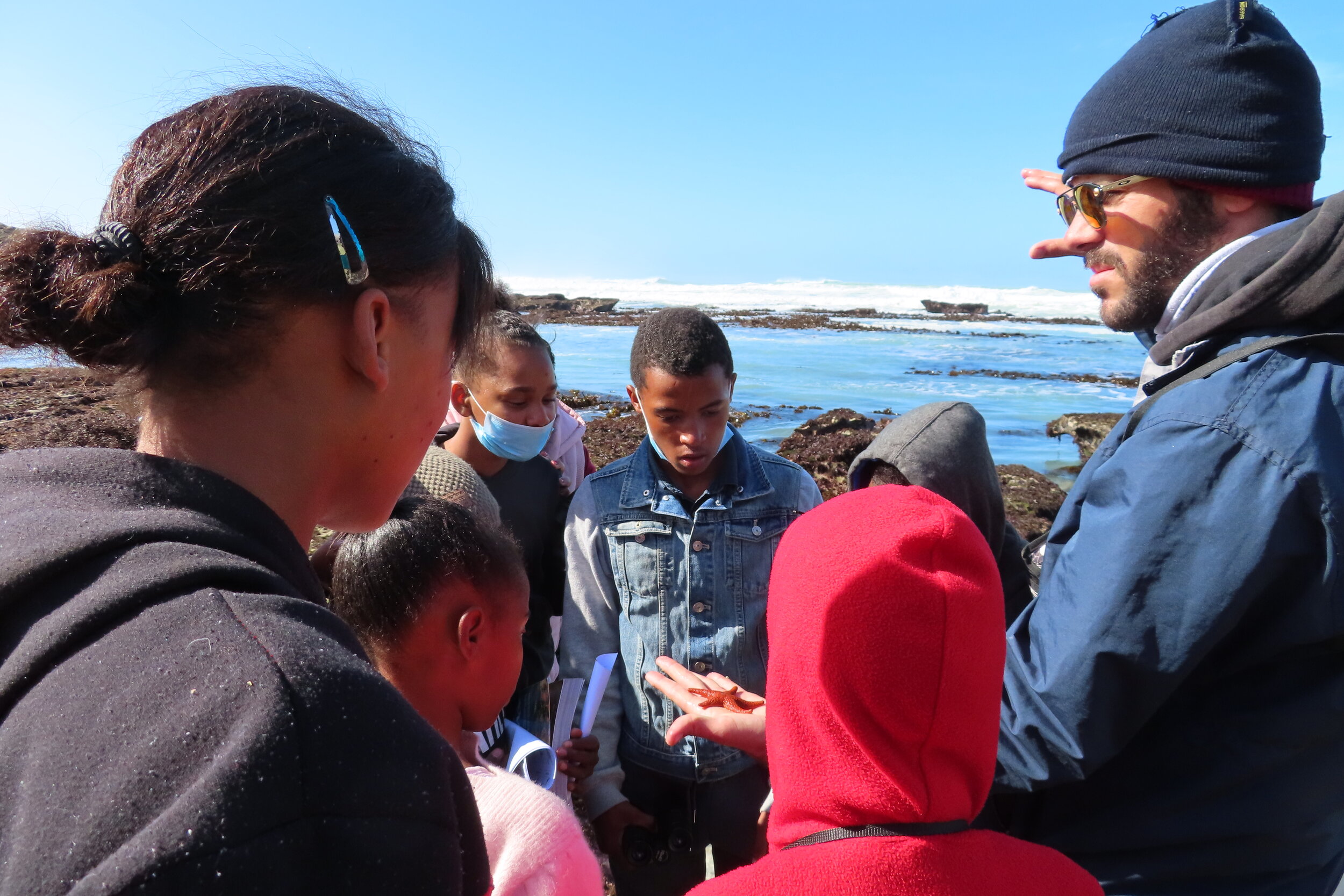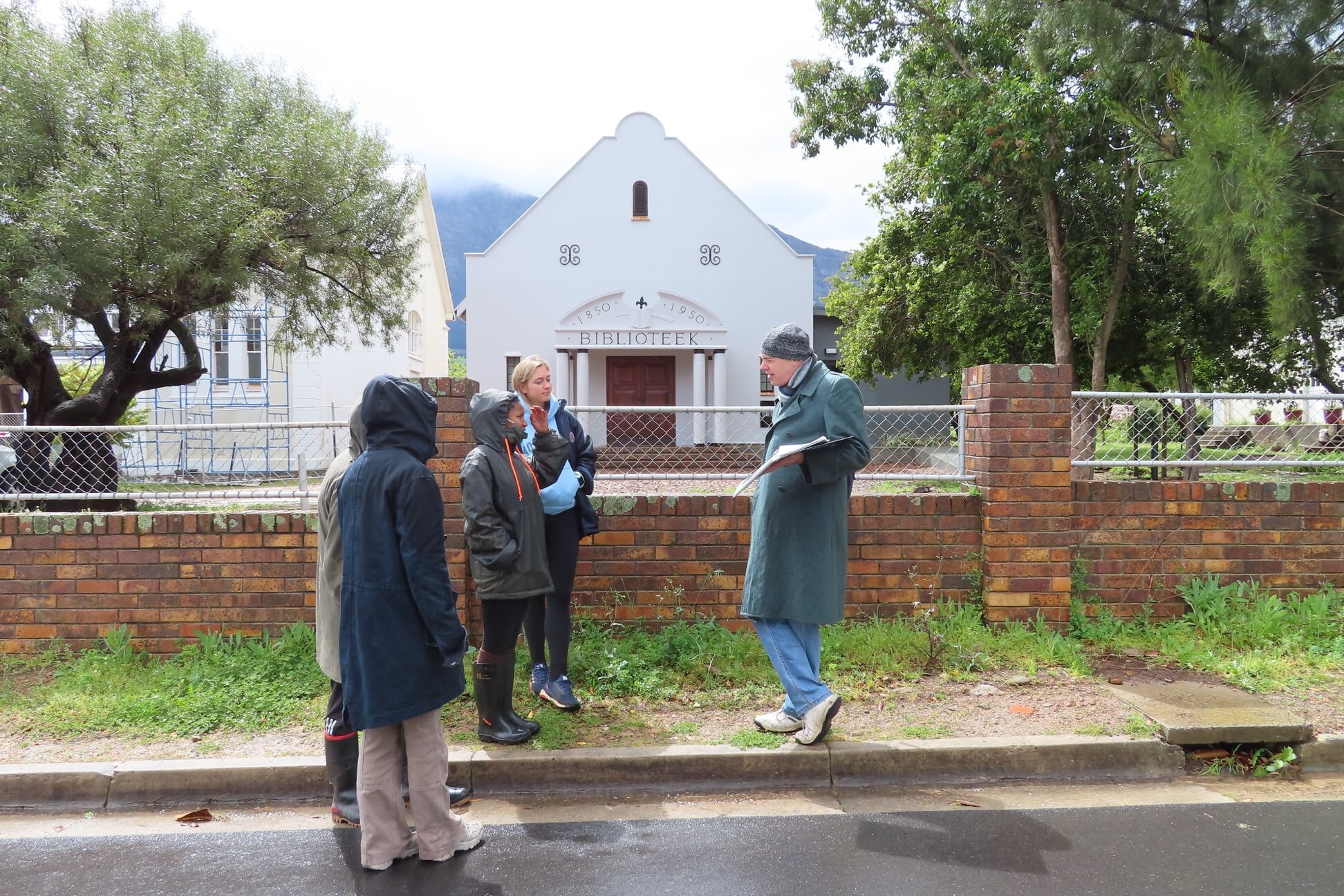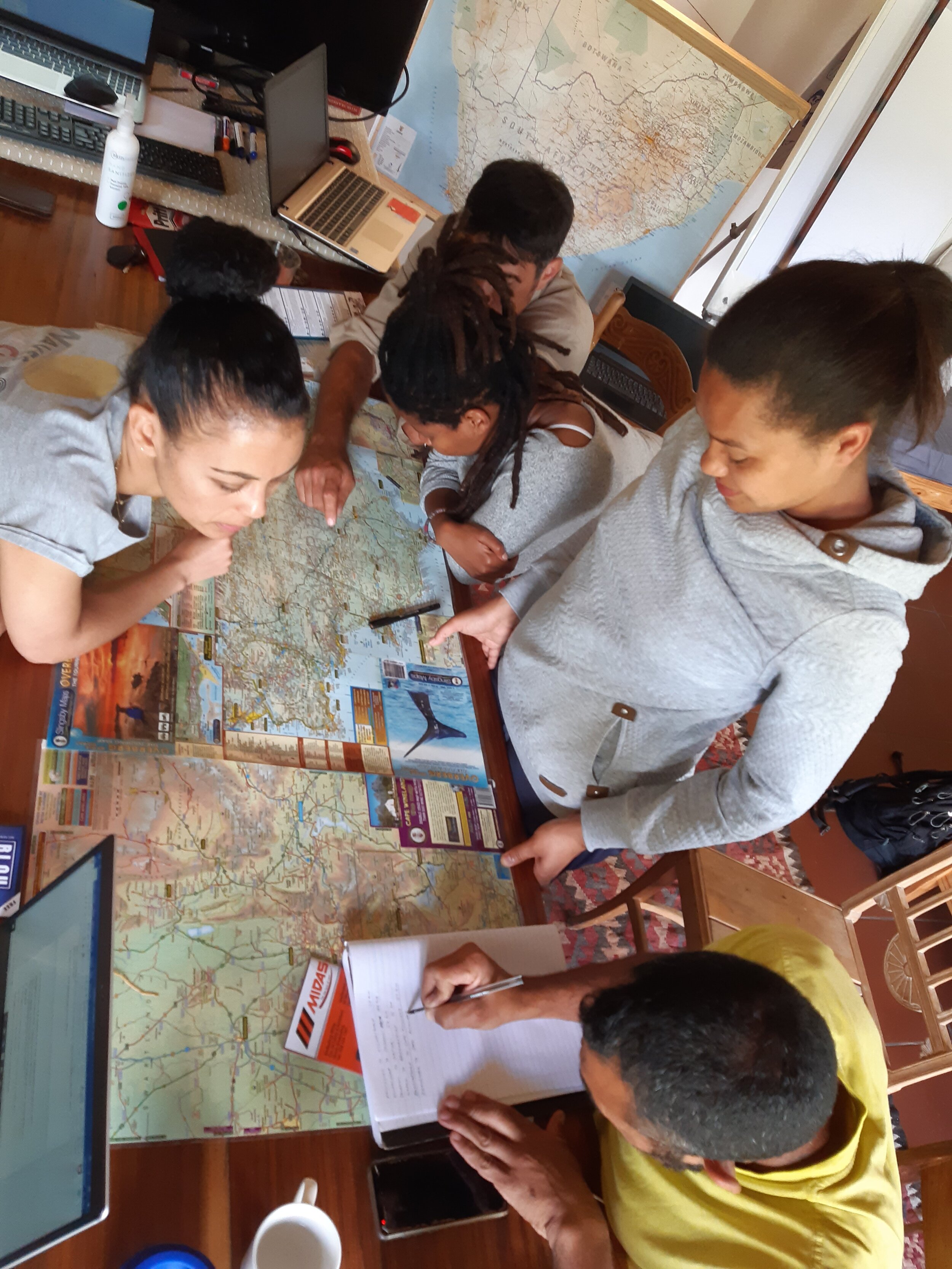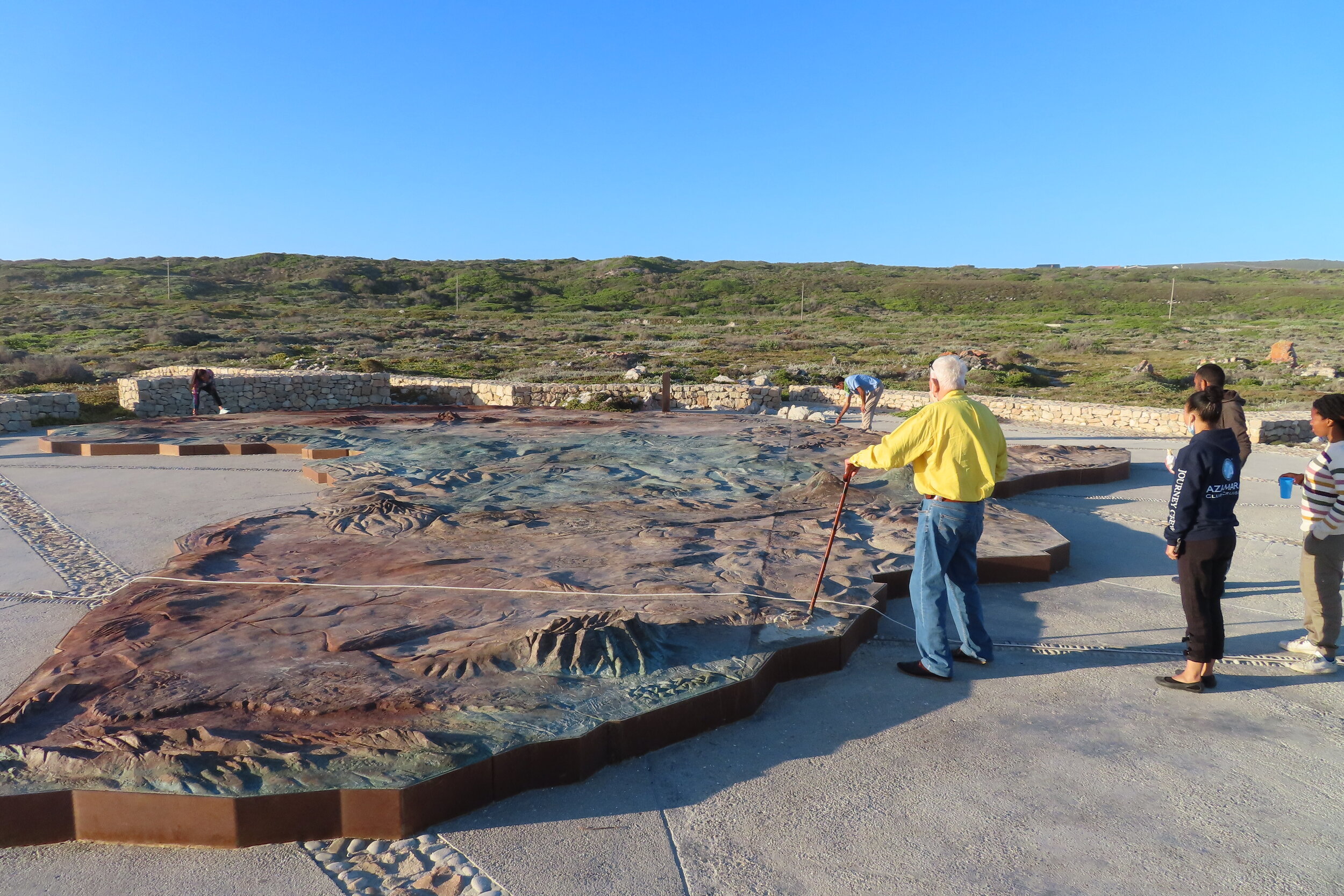As part of the current [Cape Winelands Biosphere Reserve designed and facilitated] Field Guide and Life Skills course, done through long-distance study and limited meet ups, the students were asked to write an essay on why locals should explore or travelers visit Southern Africa. Here is one students captivating depiction of why.
Introduction
As a child I grew up in a small village, surrounded by huge trees and dense forests. We had quite a unique lifestyle. Each family had a dog or dogs, enough land to plant and grow crops, no electricity or running water, one school, one church but most of all a strong social structure. We were known as” die kinders van die bos”
If I can remember correctly on the Anglican grounds where we lived were only 15 houses, 15 houses = 15 mothers (what a scary thought, especially if you live in a small village). We were loved by all 15, and beaten by all 15
When I think back on how I grew up and how we lived with our neighbors, I cannot help but feel saddend by the reality of knowing that the bonds and memories stayed behind when everyone was relocated to another area – An area with electricity, running water, and problems.
I miss the freedom, the honesty, and friendliness.
When visiting Southern Africa, plan to visit small villages who still stay on church grounds or who have 15 mothers like I had. You will be amazed by the unity, friendliness, and respect shared among individuals.
Southern Africa is by far one of the most diverse regions in the world. Known for its abundance in wildlife, pristine beaches and coastlines, natural landscapes. I must say that Southern Africa also has deeper roots to unravel.
Even though each country has a rich cultural diversity, with their own heritage, they all share some common traits such as poverty, food insecurities, the spread of HIV/Aids, corruption etc. These are all challenges faced as a Southern region that need attention and commitment to combat.
Long before there were borders, the handful of countries we now call Southern Africa, was inhabited by a group of hunter-gathers known as the San who lived in harmony with nature. Going about their day playing flutes, rattles, dancing and singing in their unique click language. They traveled in small groups, had no chief or hierarchy of leadership, therefore decisions were made as a group. Everything needed for the day, was carried with them.
The San’s nomadic lifestyle was brutally disrupted once their space was invaded by more powerful tribes and by European settlement. Land seizures and forced population migration lasted over 200 years and more than 200 000 indigenous people perished. The ones remaining became highly dispossessed.
Remarkable human diaries were left behind in the form of rock paintings. Even though some have long faded away due to climatic changes, when you visit the naturally preserved sites, you get a snapshot of their spiritual beliefs, how they lived, and hunted.
The best possible sites to view these amazing drawings are Matobo National Park in Zimbabwe, Tsodilo Hills in Botswana, Twyfelfontein in Namibia, and Giant’s Castle in South Africa.
Just to bring you up to speed:
A few years ago, Botswana and Namibia’s San population were relocated from their ancestral lands. This has made international headlines as the Botswana government defended their relocation policy by saying they have the San’s best interest at heart for development and education purposes. However, the San rejected the government’s version as they felt they were giving up on their traditions and land. In 2006 the High Court ruled in favor of the San saying the eviction of the San was unlawful and unconstitutional.
Looking forward, one of the greatest challenges in Africa as a whole is how to preserve old cultures and traditions while accepting and adapting to the new. Tourism does provide some opportunity for the San/Bushmen in the form of guides and trackers. Their tracking skills are exceptional, and I would recommend a tour with a tracker guide in Namibia and Botswana.
People on the Southern side of the African continent are known for their hospitality and one of the main forms of social function/stability is song and dance. Not too long ago the famous Jerusalema song and dance connected people from all over the world – whom for once understood the same language through music.
Throughout the different countries song and dance are very important, especially in traditional black communities as it is a communication tool between ancestral spirits and the individual.
When you travel through Swaziland between August and September you might come across the famous traditional reed dance which is a particularly important dance in Swazi culture.
Some traditions have been lost over the years, however visits to specified rural areas, such as townships, frequently practice their beliefs and culture.
Historically Southern Africa recorded many archaeological remains of the worlds earliest human inhabitants. Sterkfontein, a World Heritage Site in South Africa, is regarded as one of the richest places on the planet for early human remains. Southern Africa constitutes different ethnic groups, and some with a direct link to our Stone Age ancestors . So if you are serious about the family tree, this is a good place to start searching.
Multiculturalism has been tested to a high extent, meaning migration legally and illegally, and has created some tension and hostilities between poorer countries advancing into more wealthier countries.
If we look at South Africa and Botswana, it has more opportunities than other neighboring countries. Many of the locals feel threatened by migrants, as they feel their “jobs” are taken – resulting in higher crime.
The above information shared was to give an insight on possible underlying factors in our countries – just a thought to look back on if the way of Southern lifestyle is not understood.
Southern Africa’s environment is as fragile as any other place in the world. Mismanagement and exploitation over the years has led to many environmental problems. However, the establishment of Transfrontier parks, National parks, Reserves, Conservation nodes, and Education centers have worked very hard to conserve and protect. Every visitor have a shared responsibility to minimize the impact of environmental distress.
Architecturally, colonial legacy dominated by European design is eminent, especially in South Africa like the Union building in Pretoria, the Cape Dutch style in Cape Town, and also some Victorian Style of buildings in some areas. However not to miss are the ancient historical buildings such as the Great Zimbabwe ruins, and the architectural treasure a Chapel (built by the Portuguese in 1522) in Mozambique which is the oldest European building in the Southern Hemisphere.
When you are traveling through the Southern African countries, away from the city lights, you can observe thousands and thousands of stars, shining down on a darkened earth. I visited Namibia a few years ago and was blown away. I observed in awe how the night sky unfolded in an area called Spitzkoppe. Surrounded by 700-million-year-old granite mountains, some in the form of boulders made me feel so tiny. Sleeping under the stars, while giant rocks loomed over me, I could not help but wonder how our ancestors figured it out. How did they figure out to connect the stars to form their own patterns, and then using them as a tool to navigate through the deserts, when to plant or when to hunt?
Cuisine or food is not generally a highlight in Southern Africa, unless specifically looked for. South Africa being on top of the list with more of a variety. One of the most inexpensive and common shared meals between the countries uses maize. In South Africa and Namibia it is called Mielie pap, in Botswana bogobe, Zimbabwe sadza.
The possibility of having language barriers are not common, as English is widely spoken in Southern Africa, however in Mozambique you will be greeted in Portuguese.
Southern Africa undeniable offers spectacular site seeing tours and caters for every type of traveler. Each country is also still growing and have some challenges, but the drive and urge to enhance Tourism development is visible.
Southern Africa awaits and welcomes you.

